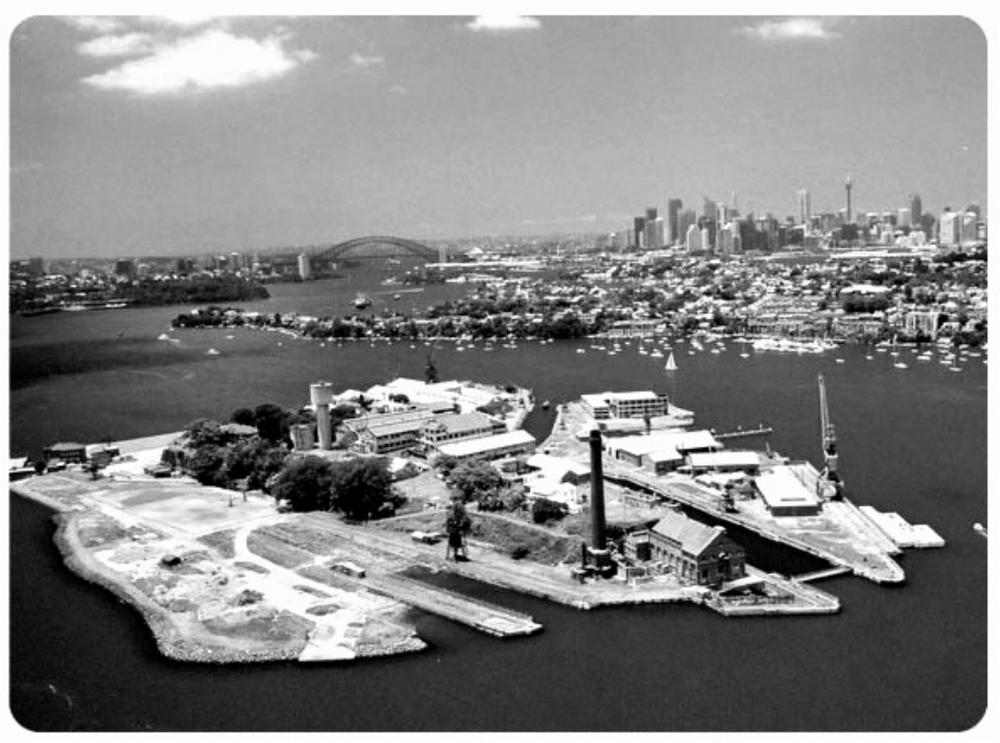15
Postcard from a 21st Century City
In a world dominated by autonomous cities, continuing urbanization, the corporatisation of government, and a global economic condition which has long since seen the critical distance between capital and culture collapse,1 cities continue to deploy strategies geared towards the ‘production and consumption of culture’ in order to be more competitive.
The year is 2025, and the planet has witnessed an unprecedented level of urbanization over the past 30 years: 6 of the world’s 8 billion people are now living in cities.
Sydney sits on the doorstep of what is the dominant economic region on the planet. The world’s powerhouse economies, China and India, have displaced the United States and Europe as the world’s pace setters and economic engine rooms.
With a population of little more than 6 million people, Sydney has secured its role as the pre-eminent economic and political state in the region.
Australia’s historical ties to Europe and the United States were perfect for Sydney to exploit and use to its own competitive advantage. Now, Sydney occupies a crucial link in the management of economic and political relations between the West and Asia.
This rise to prominence is most attributed to the notable shift in the Sydney-sider self-image and the corresponding shift in the City’s cultural economic agenda. The return of Sydney’s prodigal sons and daughters (contributors to the Australian diaspora of the late 20th Century) resulted in the desire to create a city of cultural opportunity and innovation, a city which held onto its educated young with the promise that they would work and learn from the best right at home, that the world’s best were represented by Sydney-siders themselves.
Sydney was no longer a City simply offering up a pre-packaged holiday 169replete with retarding cultural iconography, nor was it simply a theme park for the enjoyment of the world’s sedentary middle-classes; Sydney had grown to become a premier city. This City was profoundly open-ended and entropic, absorbing and reflecting the lives of those that inhabit it. Ambitious and creative people began to see themselves in either, London, Tokyo, Shanghai, New York, or Sydney.

Within a short space of time Sydney has positioned itself as a significant site of cultural production exporting everything from commercial media and design services to globally significant events in the arts.
The former industrial waterfront site of Cockatoo Island has been formative in this transformation and is now a powerful symbol of the City’s maturity and influence in the rest of the world. The site is as much a part of the local character of Sydney’s inner west and the lower reaches of the Parramatta River as it of the global network of locations hosting cultural innovation.
When one reflects on the City Sydney has become, one can’t help but feel it has become a place altogether elsewhere.
1 Jameson, F: 1991, Postmodernism or the Cultural Logic of Late Capitalism, Duke University Press, Durham.